‘Once more into the fray.
Into the last good fight, I’ll ever know.
Live and die on this day.
Live and die on this day.’
Liam Neeson’s John Ottway recites these four lines just before charging forward against his opponent, the Alpha Wolf for mano-a-mano combat in the climax sequence of the movie ‘The Grey.’ From a flashing memory of Ottway, we learn that its poem written by his deceased father when he was a boy. Director Joe Carnahan’s ‘The Grey’ not only earned him critical acclaim and box office success but the notoriety of delivering one of the most debated movie endings in recent times. The intentionally ambiguous and thrilling ending of the movie polarized viewers and critics alike. While ending explainers flood the social media platforms and discussion forums, neither director Joe Carnahan, now Liam Neeson gave a concrete explanation for the intriguing climax scene and the cryptic post-credit shot. Joe Carnahan, co-wrote the script with Ian MacKenzie Jeffers- — the script itself is based on Jeffer’s short story ‘Ghost Walker.’
Whenever asked about the tricky ending, writers slipped away from the question by saying that all they wanted was an ending from which, each viewer can draw their own conclusions. But, it doesn’t seem so simple as that considering the multilayered structure of the script. Carnahan and Jeffers tightly packed it like a fresh onion with numerous layers. One has to peel-off them one-by-one to get into the very core of the movie. Those are the layers of emotional, philosophical, spiritual, and psychological planes of the movie. In order to understand the soul of the movie, which is based on man’s relationship with nature, we need to have a clear picture of the plot structure and the order of events.
The Plot
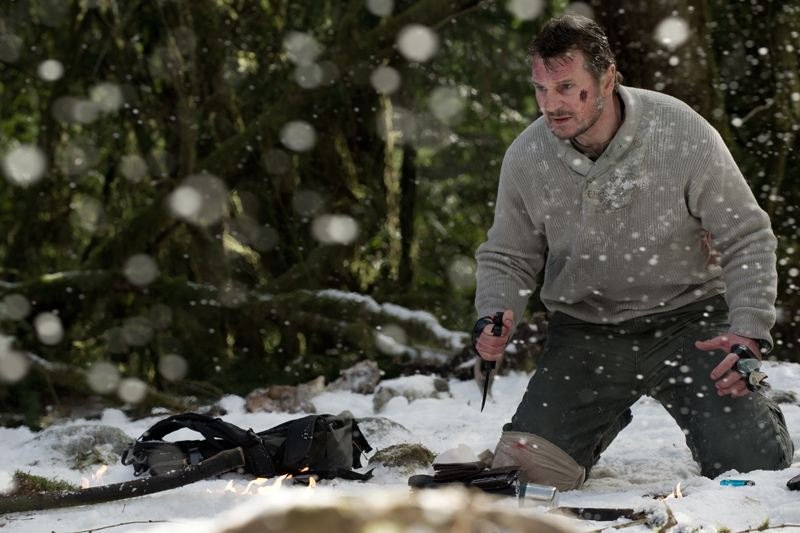
Set in the heartland of Alaskan tundra, ‘The Grey’ is a gritty survival drama which follows the group oil workers assigned by an oil company giant. John Ottway, played by Liam Neeson), works for the company as a marksman to protect the other workers from a deadly pack of man-eating wolfs. The pack of wolfs and Ottway know each other well as he has already shot a few of them down. The group boards a flight on their way back home. But, while crossing a storm, their flight crashes, leaving only 7 survivors.
Ottaway, being a huntsman and familiar with the wolfs and the landscape, takes the lead and guide the others to a way out. But, they realize the shuddering fact that the group is followed by a pack of wolves. The injured members of the group have two options; either staying at the crash site and wait for reinforcements or risk their lives and walk through the woods to find a shelter to save themselves from the hungry grey wolves. Their lives heavily depend on Ottaway’s crucial decision.
He leads them through the wolf territory, resisting irritating questions of Diaz, played by Frank Grillo,’ all the way. The fire and constant watch don’t save them from the predators as they devour one-by-one en route. The group shrink to the helpless Ottaway. Now, he had to face the deadliest question of his life, to live or die? The death looks straight into his eyes and Ottway rewinds the bittersweet moments from his past, which include, his wife, who is suffering from a terminal illness and the boy Ottway reading a poem on the wall sitting on his father’s lap. While the alpha wolf approaches, Ottway arms himself with a knife and pieces of broken glass taped to his hands before charging against his enemy, reciting the lines of that childhood poem. With a snarl, the visuals fade out to black! And in a cryptic post-credits scene, the alpha wolf can be seen lying mortally wounded and it takes a couple of long and deep breaths.
The Ending and Post-credit Scenes
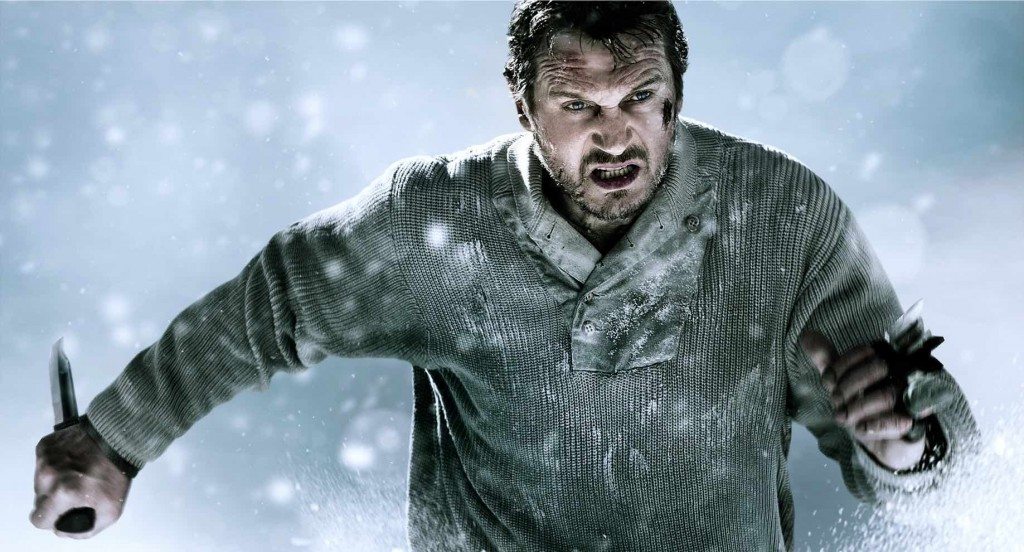
Like in all intense survival dramas, ‘The Grey’ had to conclude the protagonist’s ordeal at some point. The climax sequence of the movie is the culmination of everything he went through, both in personal and professional life. In the last few shots, we see Ottway locking eyes with the Alpha Wolf, which hints at the mental battle already started between them. As the Alpha Wolf approaching with a snarl, ready to attack, all the other wolves step back, honouring his supremacy. Now, has become hand-to-hand combat between the boys with the winner takes it all. Both of them know that. Ottway tapes liquor bottles between his fingers and breaks them into sharp weapons. Then, to the surprise of viewers, Joe Carnahan cuts his shot into fade into a black frame, leaving the last dual to the viewer’s imaginations.
Then comes the real surprise of the post-credit shot. It’s a simple tracking shot of the Alpha Wolf lying wounded and taking a couple of deep breaths. A part of Ottway’s hair and the head is visible at the corner of the frame. Carnahan cuts the shot before we get into the details. The shot functions as a meter for the viewers who made up their mind about the end soon after the fade into black shot in the climax. The viewers can compare their constructed end with the hints given in the post-credit shot. In other words, the director wants the mortal combat to happen only in our minds to generate different interpretations from each viewer. He simply punctuates this idea with the post-credit scene, which triggers those who don’t reach their version of the end of the combat yet.
The Clue in the End-Credit Scene
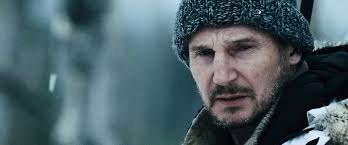
When the movie hit theaters, the climax and post-credit scenes polarized the viewers. While the majority of viewers chose to believe that Ottway survived the deadly battle and the Alpha Wolf is dead. But there was an opposite side to this belief. Those who took Ottway’s death as the final turn, asked even if Ottway kills the Alpha, will the rest of the pack spare him alive?
The plot hides a hint to answer this question. When the Alpha Male and the pack finds out Ottway in the climax, the entire pack round hip. The scene evokes a terrifying feeling of a group attack in a helpless man. But, all the wolves except the Alpha Wolf step back for a commanding growl of the supreme leader.
The message is clear for the pack, this is the boss’s prey and he wants to earn it by winning the combat in front of his band members. It’s a question of his pride and prowess. A new winner in the combat means a new chieftain for the pack; that’s the law of the jungle. The entire running time of the post-credit shot shows the predator takes labored breaths, reminiscent of the dying wolf in the opening sequence in which Ottway shot one down to save an oil worker. On the contrary, the last shot doesn’t give any signs of death bells for Ottway, except that he lays motionless.
The Poem
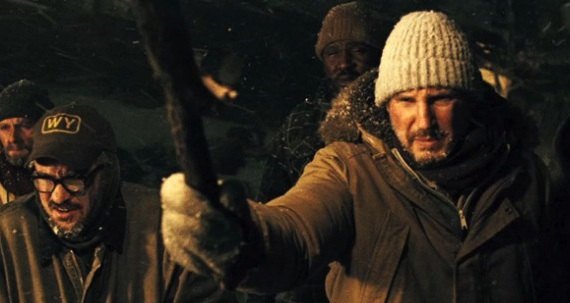
‘Once more into the fray.
Into the last good fight, I’ll ever know.
Live and die on this day.
Live and die on this day.’
When a man, who apparently depressed; who gave up on life at the beginning of the movie; who wrote a suicide note ‘without a purpose’ to his dying wife; who shouted at the insensitivity of God; who declared himself an atheist, but clarified he wished he could believe or have faith; recites the above lines moments before a ‘winner stays alive’ combat, it’s a clear indication that he is not going to give up without a fight. And, he doesn’t care about winning or losing. All he wants is a good fight ‘to live and die’ on this day, the present moment. It’s obvious that our conscience takes sides with Ottway and wishes he returns to his wife alive.
The God Factor
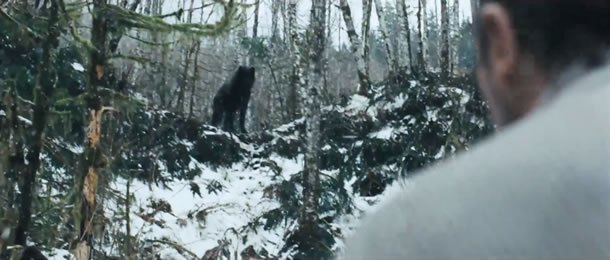
After leaving the badly injured Diaz behind, Ottway and Hendrick go ahead through the woods. When they are cornered by the wolves, Hendrick falls into the river in an attempt to save himself from the pack. His foot is locked between boulders while a helpless Ottway desperately tries to save him. He becomes utterly frustrated when Hendrick drowns. A lonely Ottway looks up and shouts at the heaven to ‘show him something real.’ Nothing happens except the unbearable loneliness and helplessness of Ottway in the midst of the forest. Then, he decides to do take things into his own hands. The scene marks the crucial plot point which culminates in the mortal combat in the climax. Ottway knows well that this is his battle, not God’s, and he had to fight it alone to save his life, to return to his wife.
The Rules of the Wolf Pack
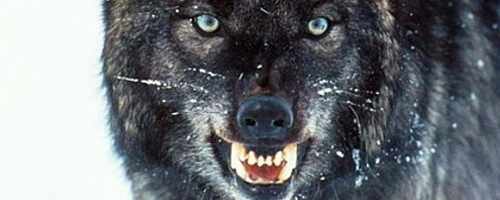
The scenes following soon after the plane crash show the survivors from a group and Ottway takes charge as the Alpha Male. As they are fleeing the wolves, the group shows traits of a wolf pack. Ottway’s supremacy in the group because of his past experience as a huntsman enables him to control the members, like an Alpha Wolf in a pack. Diaz raises objections and questions to Ottway’s decisions and judgement frequently, like an Omega Wolf. There are parallels with the wolf pack all along the journey of the group. When everyone except Ottway falls behind, he becomes the lonely Alpha Wolf who needs a pack, because, without a pack and its hierarchical structure, the Alpha Wolf slips into an identity crisis.
The climactic combat between Ottway and the Alpha Wolf is important because it has the shades of a wolf fight. Ottway armed himself like a wolf to match his nemesis’s tools. The popular notion of an Alpha Wolf must fight off challengers to retain it’s his supremacy or he dies; has a long cultural legacy. However, the latest studies show that when an Alpha Wolf fails in combat, it often becomes a beta wolf in the pack, and not let to die. The parallels are drawn between the wolf pack and Ottway’s group also indicate a possibility of the hunter wins over the pack and returns while the wounded Alpha Wolf becomes a beta wolf.
The Emotional States of Ottway
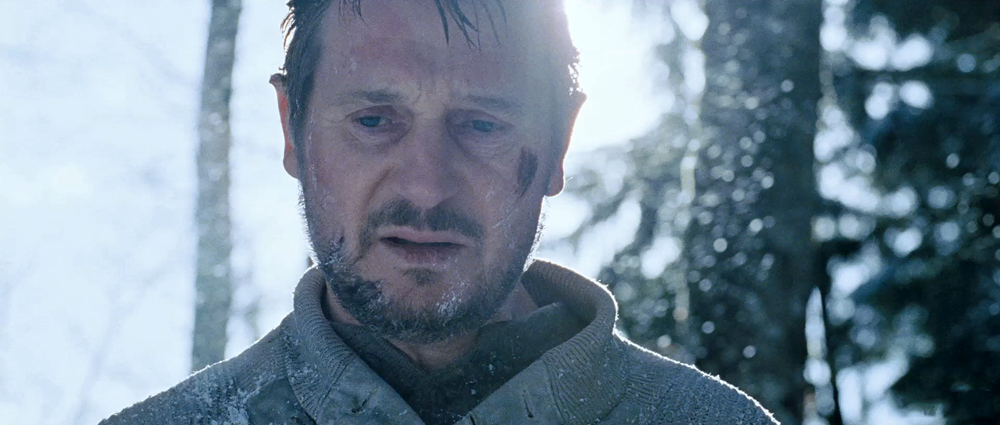
In the starting scenes of the movie, we see Ottway as an apparently broken man, both in emotional and intellectual terms. He wants to end his life, which is incapable of save his wife’s life. But, the director hides this crucial plot point till the climax fight, ahead of which Ottway looks into his wife’s photograph in the wallet and keep it aside along with a piece of paper; ‘the suicide note he has been writing at the beginning?’ But, the emotionally weak and given up Ottway metamorphoses into an Alpha male after the plane crash, a transformation that culminates in the hand-to-hand combat with the leader of the wolf pack. The lust for life has been there inside him all the way down to the forest, but, it takes a plane crash and a chase of the wolf pack to make it a flame. Now, to live and return to his wife is not an option for him, but a question of survival, in the most primitive way.
Man Pitted Against Nature
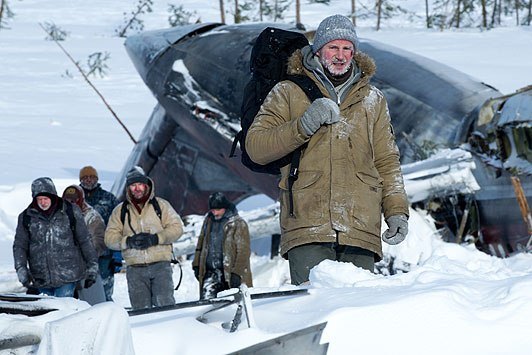
‘The Grey’ has the layer of a philosophic take on man’s relationship and exchanges with nature. Ottway stands for human beings in the history of mankind and fights against the wilderness of nature. He also bears the burden of the crimes committed by humankind on nature and its other inhabitants. Obviously, he had to pay the price of this imbalanced score by fighting his way out. The post-credit scene underlines the stand of the movie on human intrusions on nature and our detachment from it. The last shot, which shows deep breathing and bleeding Alpha Wolf and a portion of Ottway’s hair and head. Both are equally exhausted and wounded. But, they lie there not as a predator and its prey. Together, they radiate a oneness, in which nobody can win over the other, but simply co-exist. At this point, we have to conclude that whether Ottway gets out of his predicament alive or not isn’t the cardinal issue, but above realization of oneness, both in wilderness and survival. We are nature, in and out!
The Death
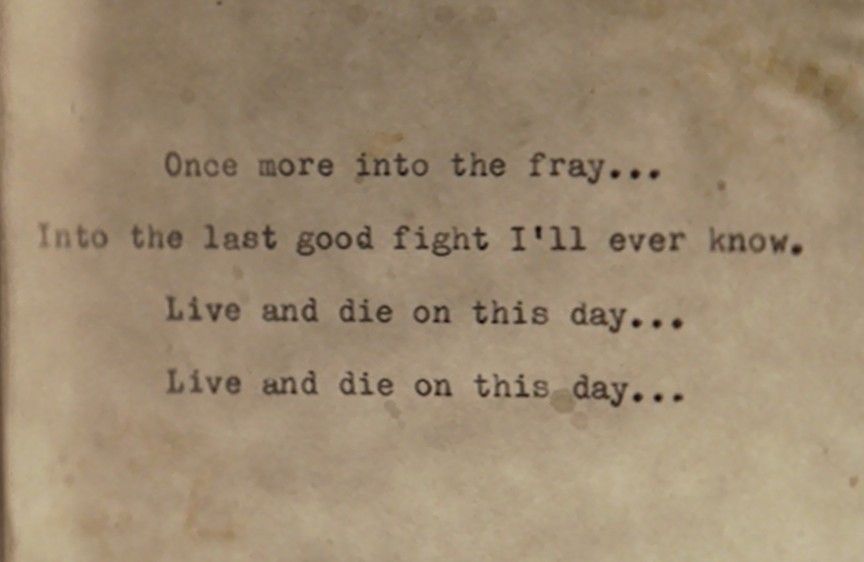
‘The Grey’ has death as a recurring presence throughout the narrative. In a way, the movie contemplates deeply about the phenomenon of death and its impacts on everything. The movie hints at a possible suicide in the opening scenes, the flash memory of Ottway’s dying wife haunts him till the end, memories of his deceased father and his writings appear again and again, and the Alpha Wold is nothing but death takes the form of a predator. The death factor culminates in the combat in which it stares Ottway straight in the eyes. At this point, another layer of the movie comes atop. It deals with the mammoth phenomenon as mysterious as life and death, and man’s centuries-old fear of death. The fear, which born along with a baby, grows as the baby becomes an adult and becomes unbearable when the baby turns into an older person.
For those who watch ‘The Grey’ as a movie about a man fighting a wolf, the ending maybe seems repulsive and perplexing. But, for those who watch it as a movie about a man’s fears of life and death, the ending has been masterly executed. Instead is interpreting black and white, ‘The Grey’ deserves a liberal approach depends on how you look at it. Let’s assume, nothing extraordinary happened in the end. Ottway is surrounded by wolves, with the Alpha Wolf finishes him in front of his pack. Another one could argue that the Alpha Wolf is the same God he cursed for not showing something real earlier. Here is something as real as an Alpha Wolf, battle ready, with his pack as guards.
For a completely lost Ottway, the Alpha Wolf can be a sign sent by God to take him back to his wife. Remember, his suicide attempt at the beginning of the story was in fact interrupted by a howl of a wolf! The movie becomes a modern masterpiece because it made a man, who is on the verge of suicide, to fight for his life with a predatory Alpha Wolf with his entire pack watching the action. Here, we have another possible reason for the ending; maybe Ottway didn’t fight for his life, but for his death. In a way, he wanted to earn it by fighting with the Alpha Wolf instead of committing suicide.
Final Word
At its deepest, ‘The Grey’ is about the fight between a man and his fear of life and death. And, as mere mortals who share the same fears, we tend to believe that Liam Neeson’s John Ottway has defeated the Alpha Wolf and returns to his wife, while the Alpha Wolf turns out to be a beta one. Otherwise, ‘The Grey’ will be a movie without an ending, which is unnatural in both cinema and life.
Read More in Explainers: Triple Frontier | A Star is Born | Green Book

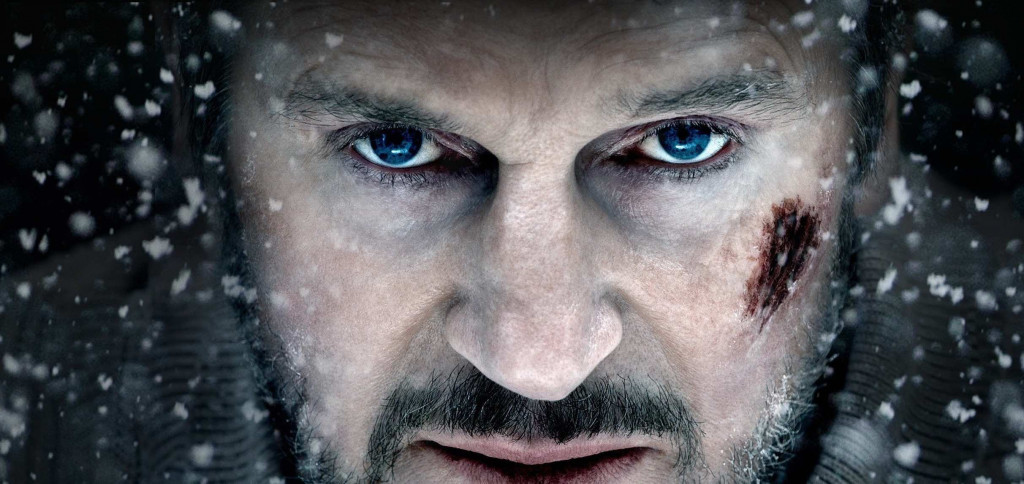
You must be logged in to post a comment.